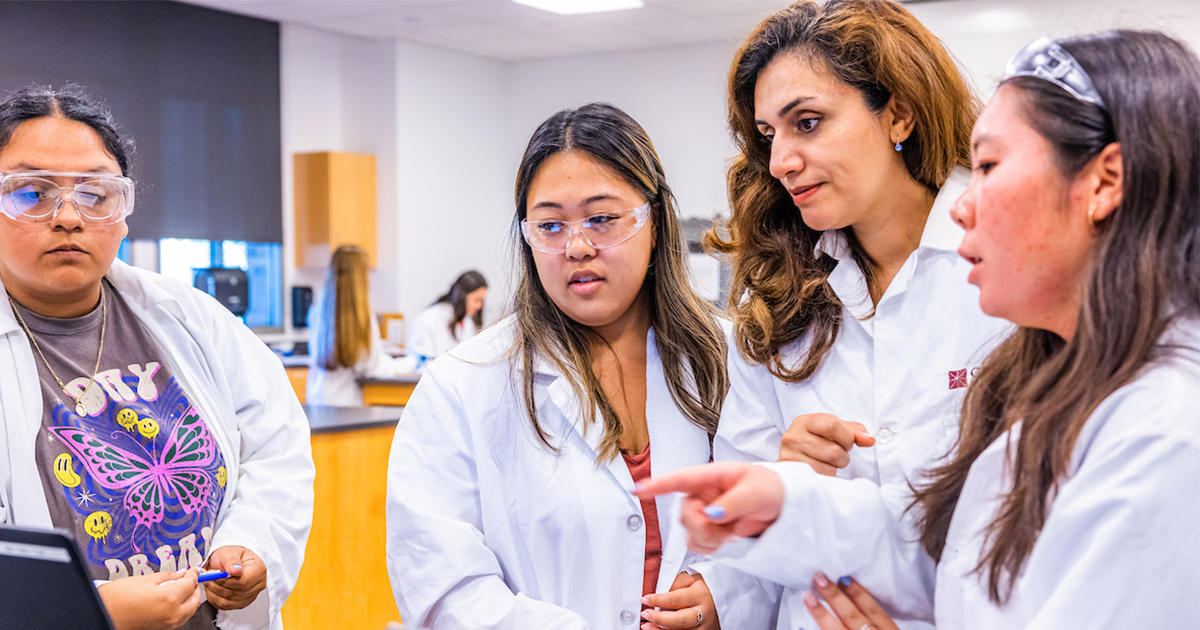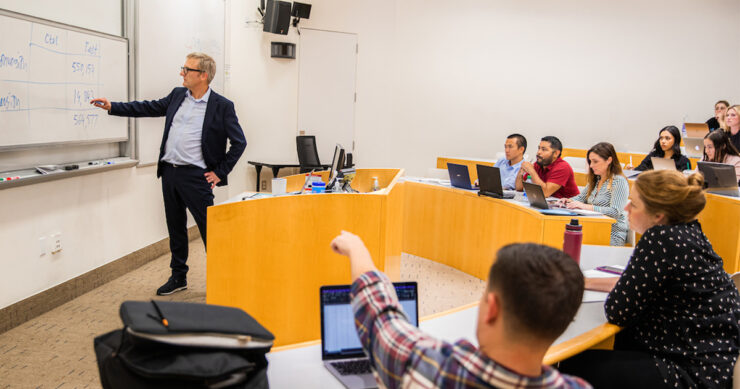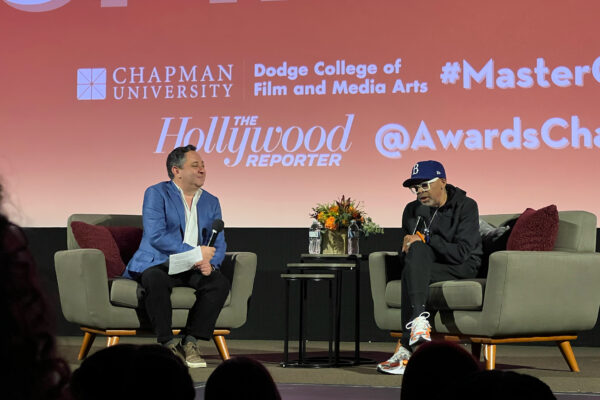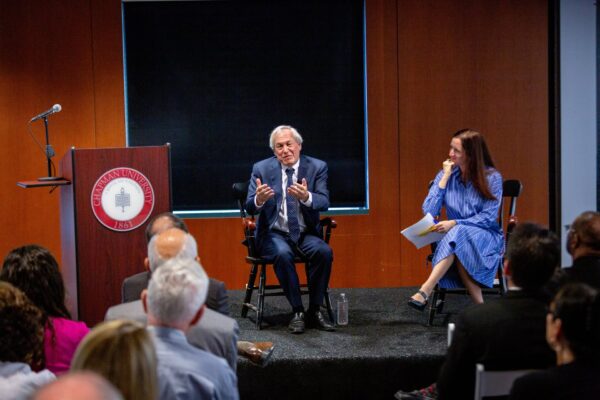Chapman University faculty are experts in their fields, and their groundbreaking work has propelled the university into the R2 classification of research institutions — a phenomenal achievement for any school, let alone a small, private university.
But Chapman faculty are also really good teachers.
Since breaking into the U.S. News & World Report’s national rankings in 2019, Chapman University has consistently placed among the top 50 universities nationwide for Best Undergraduate Teaching. This is no small feat in the landscape of higher education, where scholarship and research so often define the success of an academic career.
It’s no accident, either, according to Joe Slowensky, vice president for institutional effectiveness and faculty advancement at Chapman, who says that the university’s commitment to providing personalized education ensures that student success is a priority to every faculty member, from the deans to tenured professors to the most junior adjunct faculty.
 Building Deeper Connections with Chapman’s Teacher-Scholars
Building Deeper Connections with Chapman’s Teacher-Scholars
Delivering an exceptional learning experience for Chapman students starts with fulfilling the promise of small class sizes – the average students per class is 23 – and limiting the number of teaching assistants in the classroom.
“When you have that kind of environment, as opposed to a 300-seat lecture hall at a big state school, students get to know their faculty. Students really connect with their professors,” Slowensky says.
“At a lot of R1 research institutions, there are some faculty who just don’t teach and who never teach because they’re just purely researchers. We want faculty who are excellent in the classroom and excellent scholars who are willing to engage their students in their research,” he says.
At Chapman, every faculty search is targeted at teacher-scholars, and the university emphasizes a student-centered culture. A pillar of the university’s strategic plan, teacher-scholars are expected to work at the forefront of their fields, breaking new ground with their research while challenging students in their classroom and through collaborative research opportunities beyond the classroom.
Educating the Educators
The opportunity for experiential learning has a positive impact on student success, both at Chapman and after graduation, but it doesn’t happen without planning and preparation. Cathy Pohan is the director of the university’s Center for Excellence in Teaching and Learning (CETL), which prepares Chapman faculty to develop autonomous, self-motivated learners with the skills to work both independently and collaboratively.
“Experiential learning makes our graduates stand out when they go to other institutions,” Pohan says. “The small class size and the focus on offering undergraduate research from day one sets our students apart.”
Each year, new faculty — over 200 each year, including full-time and part-time hires — participate in an orientation that helps them understand what makes Chapman’s culture unique and what students expect of them. They’re introduced to support services and resources, such as disability services, tutoring, testing help and the writing center.
CETL’s ongoing programs include professional development workshops, teaching consultations and a blog that offers weekly teaching tips for faculty. The workshops run the gamut from designing accessible syllabi to making the most out of student evaluations. A new summer conference on innovative teaching for student success recently addressed the subject of balancing rigor and compassion, tackling the complexities of working with students who may be delayed both academically and psychologically coming out of the pandemic shutdowns.
“We talk about mental health services a lot because that’s a bigger and bigger need that our students have,” Slowensky says. “We want faculty to be able to identify students who might be struggling in their classroom and provide additional support rather than just letting them fall through the cracks.”
Visit the Center for Excellence in Teaching and Learning to find out more about their mission to support student success through faculty excellence.




